We spend most of our time writing about toilets and sanitation services, but that’s certainly not all we think about. We think about a lot of the things that many other businesses think about: what’s our inventory? How many resources are we consuming? How much material are we producing, where, and when? Never mind that we work with poop and compost, we deal with the same questions as anyone else who manages a supply chain. We care about our supply chain because it has a huge impact on our costs, and once we reach large scale, the supply chain can get pretty complex. We’re prototyping management systems now to know what will grow with us.
We design our tracking systems the way we design everything- starting from the users, in this case SOIL‘s staff. We went on many 4AM drum runs (we’ll share those with you soon) and sat down countless times with the team to make a system that fits seamlessly into waste collection operations. We’ve hit upon a system that has a lot of potential.
With just a few low-end Android phones and Open Data Kit (ODK), we have a system that can track everything that goes on in a poop operation. Checking the temperature of the compost bins? Put it in the phone. Weighing bagasse for delivery to the toilets? All the information goes into the phones. We bring the phones back into the office, download the data, and presto: everything’s ready for analysis. The benefits of this system over paper forms are manifold: no need for repeated data entry, less potential for errors and omitted data, faster data availability…
And the kicker: SOIL’s staff members love this system. The drum run team and the compost team mastered the forms in a few quick minutes, and you can tell they enjoy the prestige they get when using the phones in Shada. To boot, we’re sure it’s good advertising for our service that we’re using sleek, modern equipment.
The data we collect will give us a better understanding of how fast our customers are filling their waste containers, how efficient we are, and where we can cut costs. For now, waste collection frequency is a huge cost driver, and we’ll use our data to optimize collection routes and hopefully even predict future collection needs.
We think our phones are just the first step in creating a smart, highly efficient, and modern sanitation network. We’re building a database to integrate the information (want to help design and implement it? Contact us!), and dreaming up the features we would love to have. What if our toilets warned us two days before they were about to be full? What can we learn from RFID tags being used in municipal solid waste collection? What about from Patrick Thomson and his team’s experiments with water pumps in Kenya? Feel free to let us know your ideas!
In a service where timely collection is critical but costs are driven by the frequency of collection, it pays to get the timing right. And that’s just the beginning. The better we get at tracking our system, the cheaper we can offer our service. The cheaper our service is, the more people will be using snazzy, clean toilets.

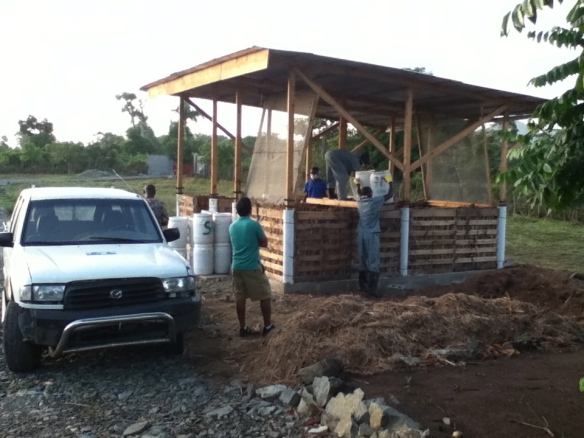
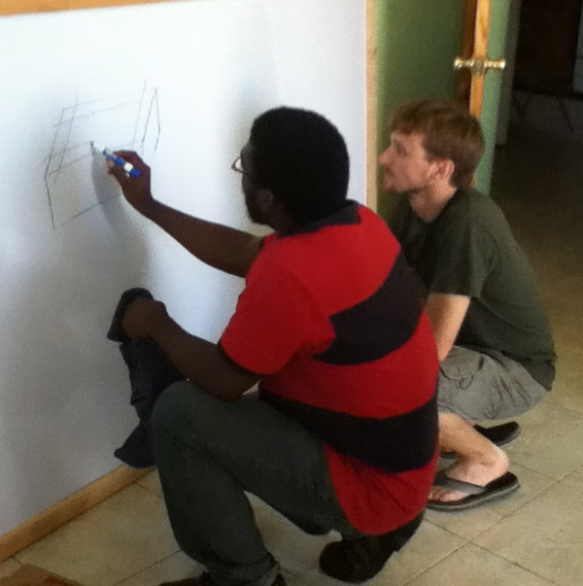
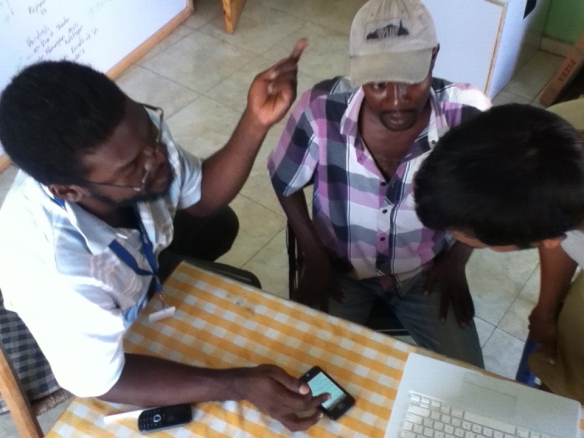
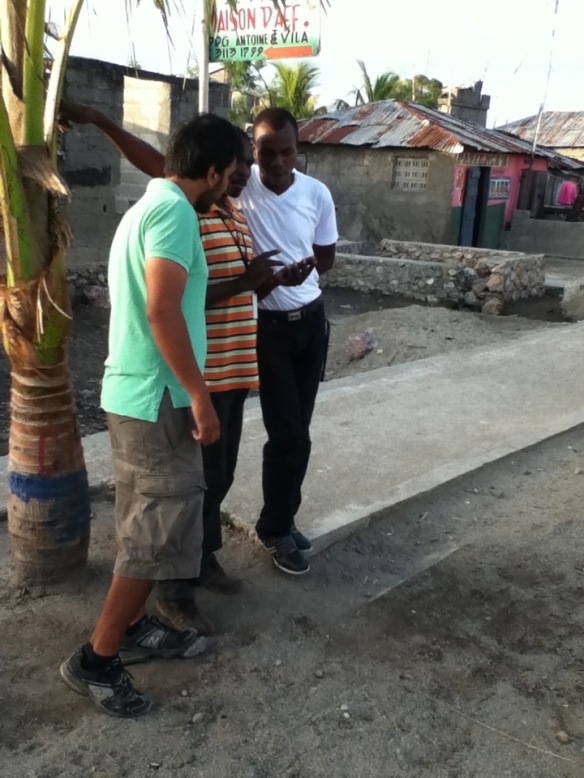
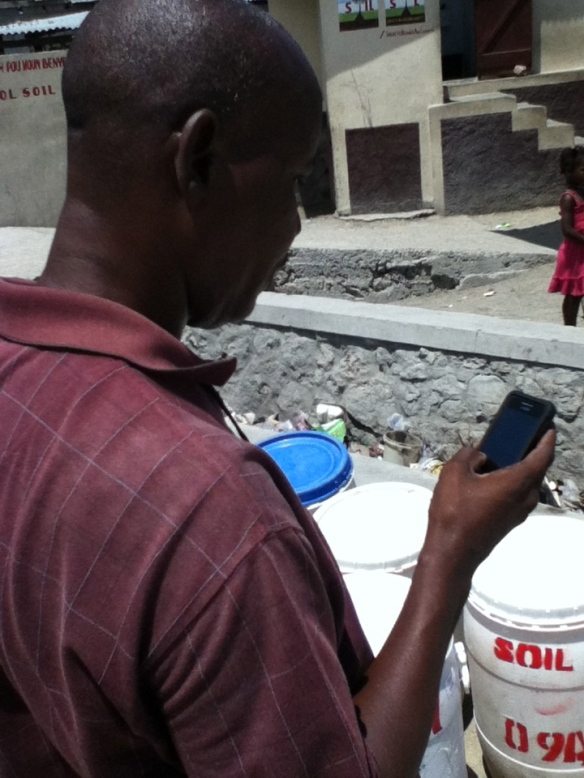
Pingback: Bringing the Toilets Home | re.source
Pingback: Tools for Scale | re.source